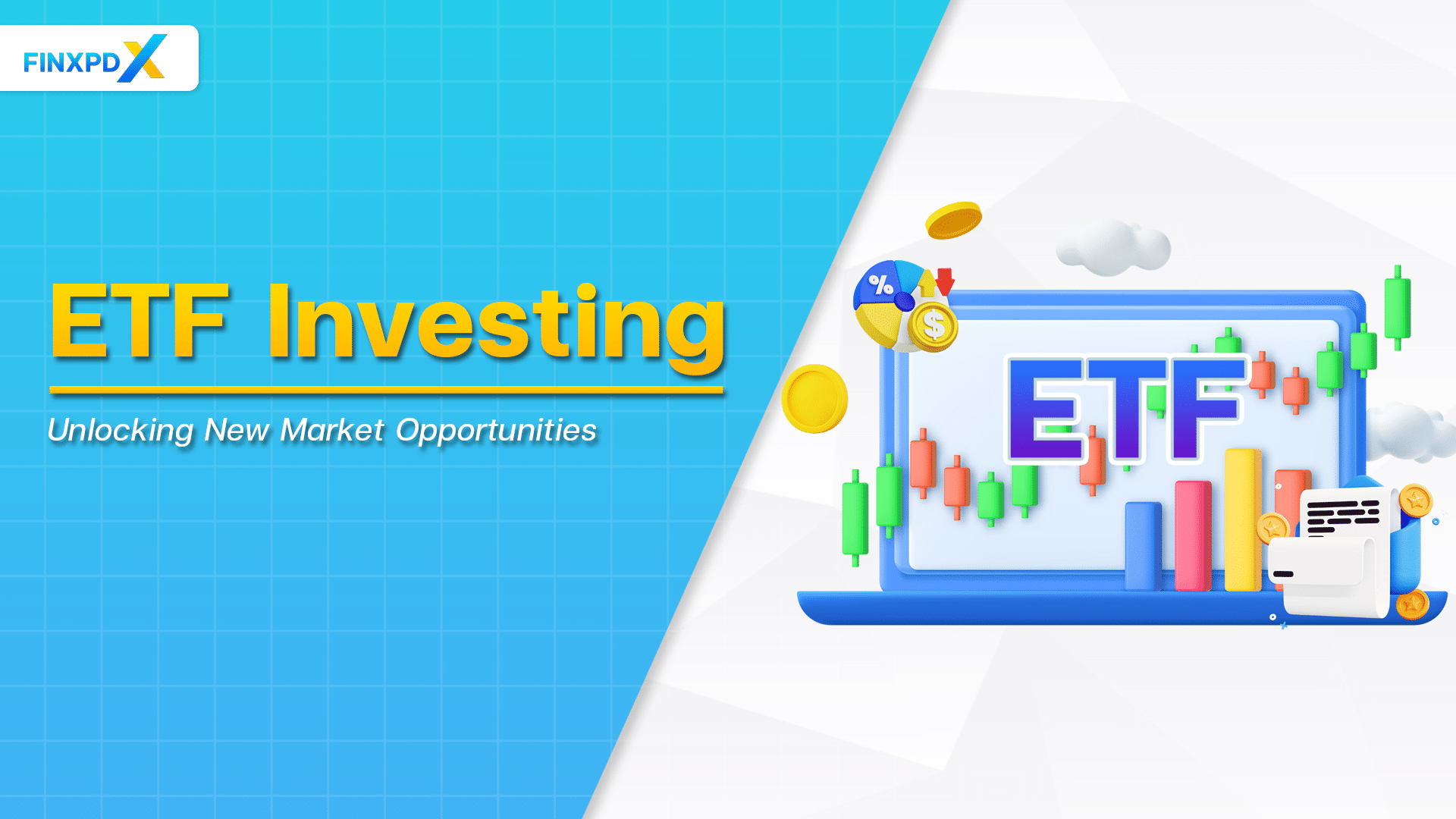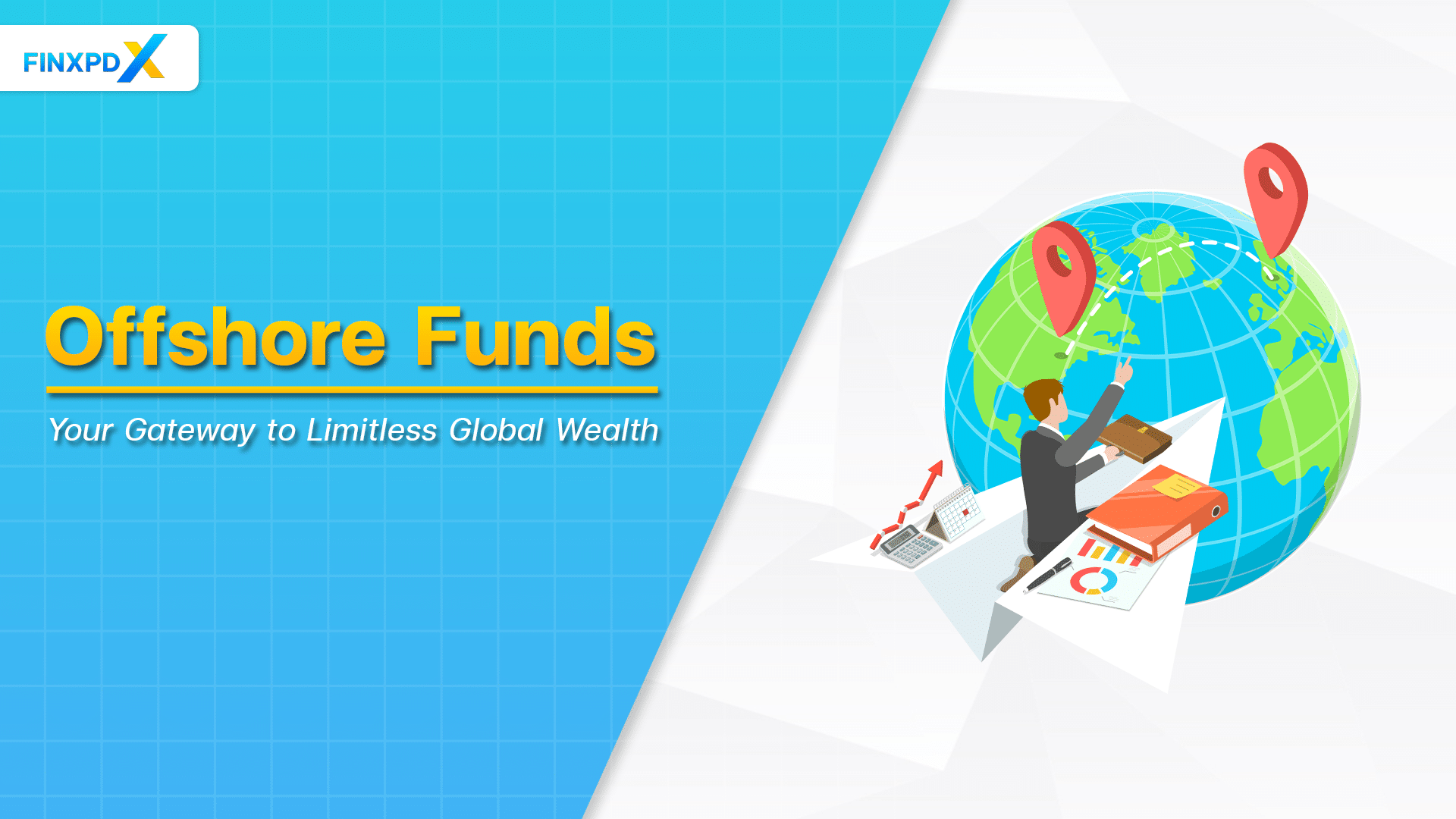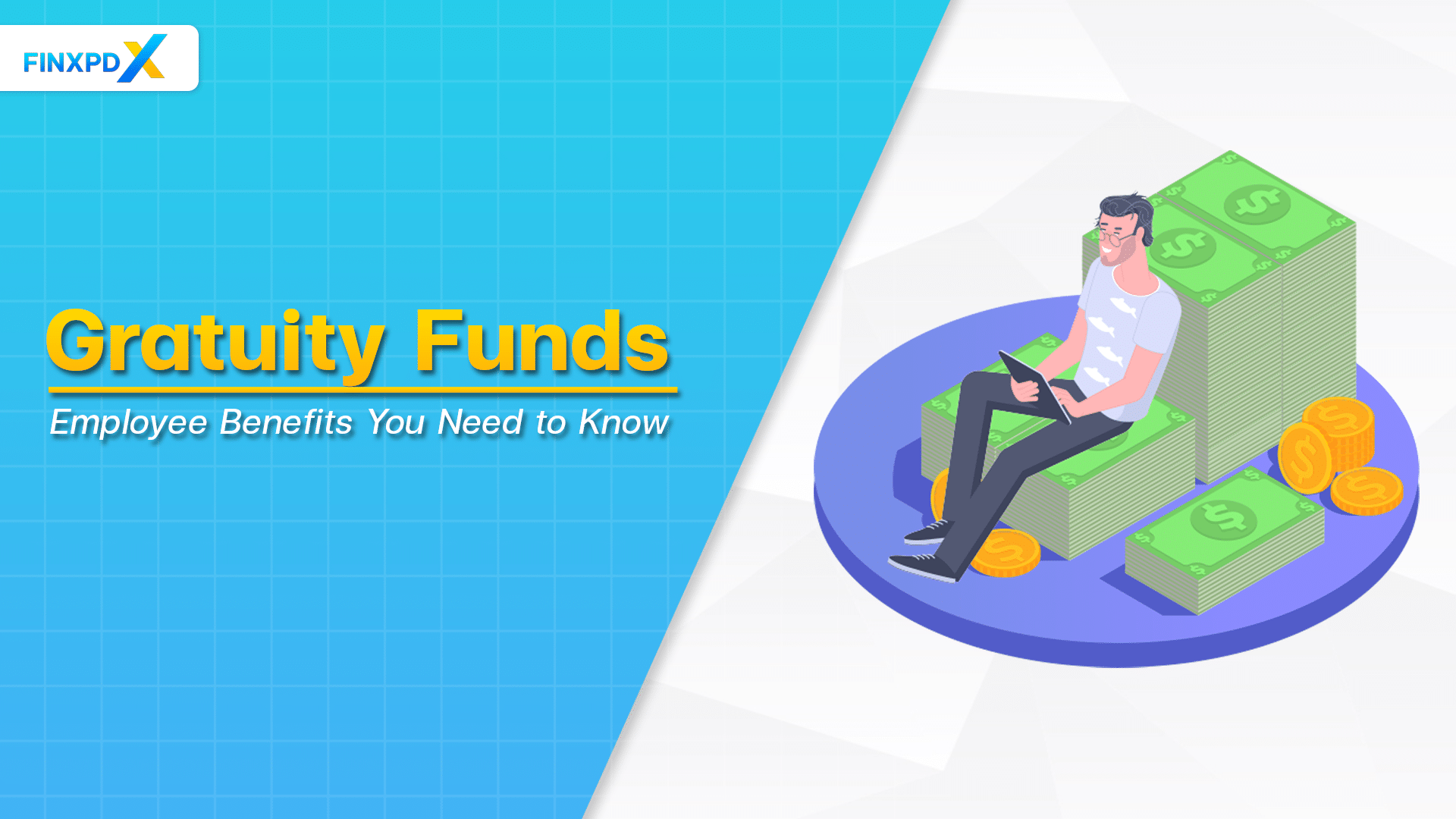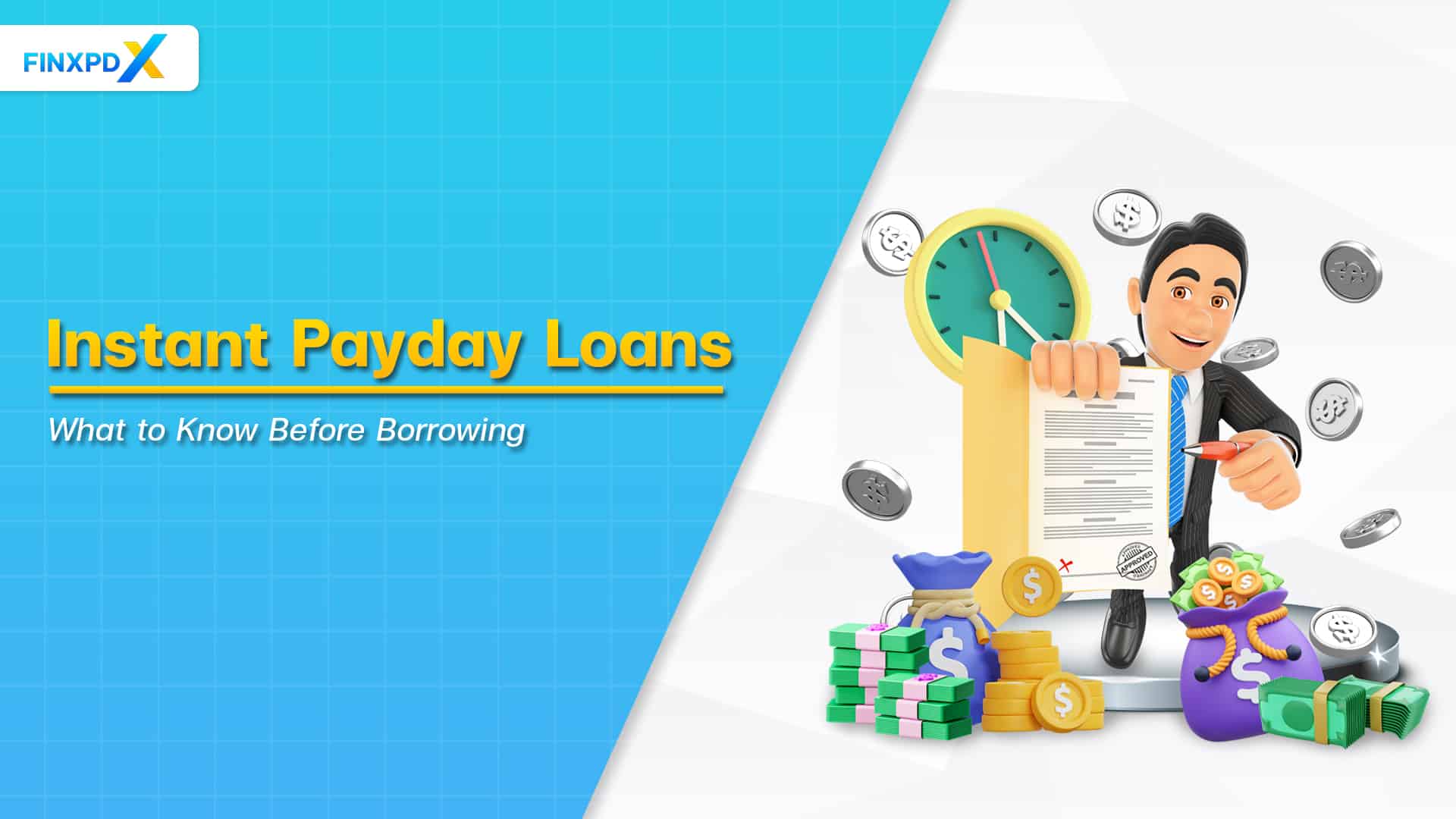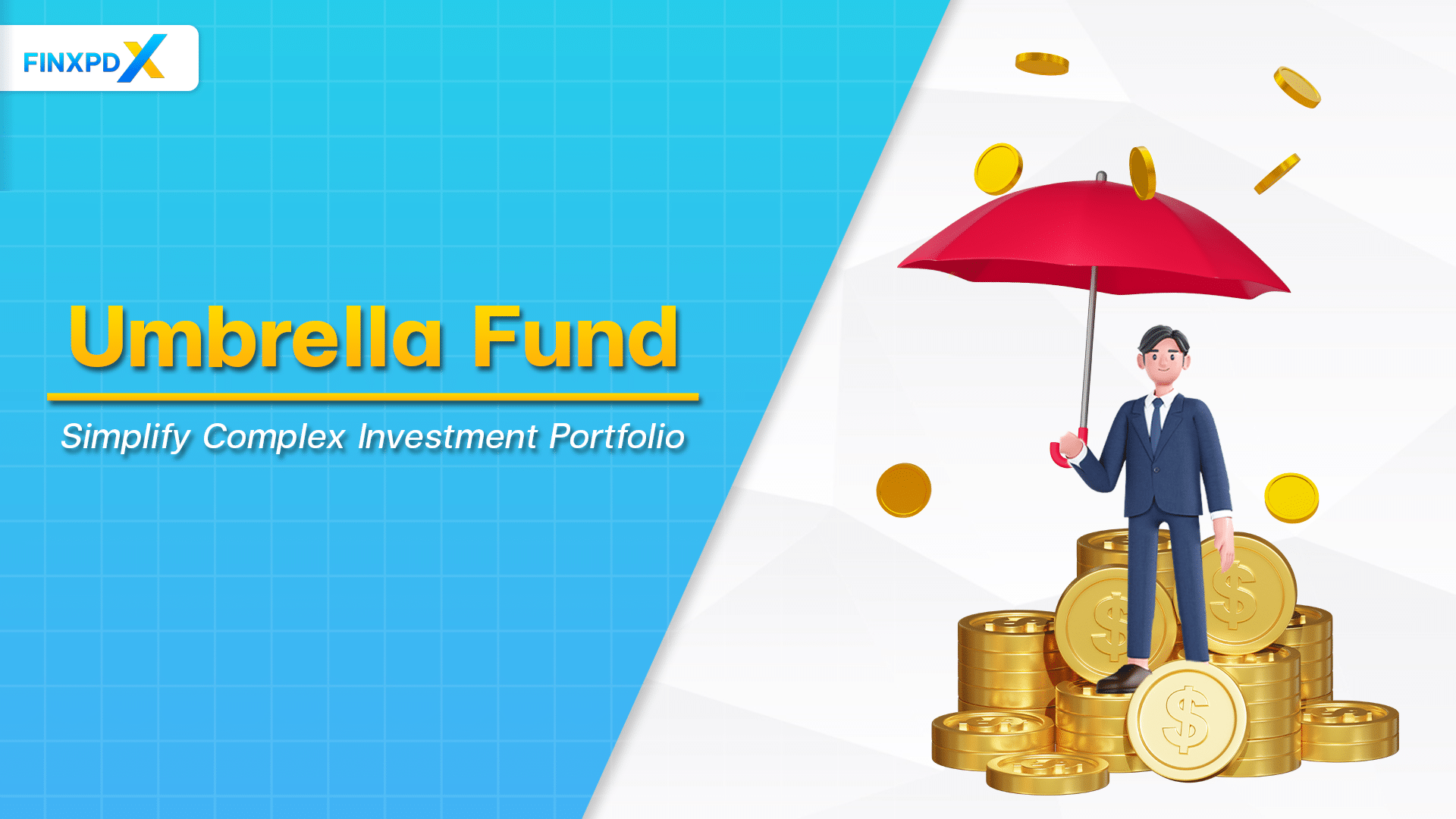ETF are a compelling investment tool suitable for investors of various portfolio sizes. It has become increasingly popular among investors seeking to diversify their investments without the burden of active management. However, it is essential to acknowledge that they do come with certain disadvantages.
The purpose of this article is to provide comprehensive details of ETF, enabling you to make more informed decisions and a guide on how to invest in exchange-traded funds.
What Is an ETF?
An ETF (Exchange-Traded Fund) is similar to a mutual fund, pooling investments to track a particular index, industry, or even a range of assets. It offers a wide range of options, from tracking the price of a single commodity to covering a diverse array of assets. Moreover, it is set apart by its ability to be traded on stock exchanges like individual stocks.
ETF prices fluctuate throughout the day because they are bought and sold on stock exchanges in real-time. This real-time trading not only enhances their liquidity but also typically makes them more cost-effective than mutual funds.

Key Takeaways
- ETF stands for Exchange-Traded Fund
- ETF hold a basket of assets like stocks, bonds, or commodities.
- ETF can be passively managed (index tracking) or actively managed.
- ETF offer investors diversification and are often low-cost and tax-efficient.
- ETF trade throughout the day at market prices, unlike mutual funds that settle at the end of the day.
5 Types of ETFs
Here’s an overview of the 5 main types of ETFs:
1. Equity ETF
Equity ETF tracks stock market indices like the S&P 500. They provide broad exposure to a diversified portfolio of stocks, making them ideal for long-term investors looking to benefit from overall market growth.
2. Bond ETF
Bond ETF invests in a portfolio of bonds, including government, corporate, and municipal bonds. These ETFs are suitable for income-focused investors, offering regular interest payments and reduced volatility compared to equities.
3. Commodity ETF
Commodity ETF tracks the price of physical commodities such as gold, silver, or oil. They are useful for hedging against inflation and diversifying beyond stocks and bonds, though they tend to be more volatile.
4. International ETF
International ETF provide exposure to markets outside your home country. They help diversify your portfolio globally, reducing reliance on a single economy and tapping into growth opportunities in other regions.
5. Sector and Industry ETF
Sector and Industry ETFs focus on specific areas of the economy, like technology or healthcare. These ETFs are ideal for targeting sectors expected to outperform the broader market but come with higher risk due to less diversification.
How to Invest in an ETF
Investing in exchange-traded funds can be simple. This section breaks down each step, offering clear explanations and actionable tips to guide you through your investment journey.
Step 1: Understand the Basics of ETF
- Understanding the basics: Know what investments entail, how they function, and the risks and rewards they present before diving in.
- Educate yourself: Explore a range of online resources, books, and courses to build your knowledge base.
Step 2: Identify Your Investment Goals
- Long-term vs. Short-term: Consider your time horizon—whether saving for retirement, a home, or a vacation—as it will determine the type of exchange-traded funds that are best for you.
- Risk Tolerance: Evaluate how much financial risk you can comfortably take. Higher-risk ETF may offer greater returns but come with more volatility.
Step 3: Research and Compare ETF
- Use Online Tools: Websites like Morningstar offer exchange-traded fund screeners that allow you to compare metrics like performance and fees.
- Key Metrics: Examine past performance, the expense ratio (the annual fee), and the types of assets in the ETF.
- Read Reviews: Expert opinions can provide additional insights into an ETF’s prospects and reliability.
Step 4: Choose a Brokerage Account
- Compare Platforms: Look for a brokerage that offers a wide range of ETF, low fees, and a user-friendly interface.
- Sign-up Process: Registration usually involves providing identification and financial information. Make sure the platform is secure.
Step 5: Fund Your Brokerage Account
- Bank Transfer: You can usually link your bank account for direct transfers.
- Processing Time: Transfers can take a few days, so plan your investment timing accordingly.
Step 6: Place Your First Order
- Market Order vs Limit Order: A market order buys the ETF immediately at the current price, while a limit order sets a price at which you’re willing to buy.
- Order Confirmation: Always double-check the details, such as the number of shares and the total cost, before confirming your order.
Step 7: Diversify Your Portfolio
- Different Sectors: Investing in exchange-traded funds from various industries like technology, healthcare, and finance can spread risk.
- Asset Classes: Consider diversifying across different types of assets like stocks, bonds, and commodities to further mitigate risk.
Step 8: Monitor Your Investments
- Regular Checks: Log into your brokerage account at least once a week to review your ETFs’ performance.
- Adjust as Needed: If an exchange-traded fund is consistently underperforming, consider selling it and reallocating those funds to a better-performing ETF.
Advantages and Disadvantages of ETF
Exchange-traded funds have become a popular investment vehicle for various reasons. However, like any financial instrument, they come with their own set of pros and cons. Here’s a breakdown.
Advantages
Diversification
ETF often hold a variety of assets, reducing the risk associated with investing in individual stocks or bonds.
Cost-Effectiveness
Generally, exchange-traded funds have lower fees and expense ratios compared to mutual funds, making them a more affordable option for many investors.
Liquidity
Unlike mutual funds, which trade once a day, ETF can be bought and sold throughout the trading day, offering higher liquidity.
Tax Efficiency
ETF is structured in a way that allows investors to sell without triggering a capital gains tax, unlike mutual funds.
Flexibility
With a wide range of types—stock, bond, commodity, currency, etc.—ETF offer investment options for almost any financial goal.
Disadvantages
1. Leverage Risk
Leveraged and inverse can amplify losses, making them riskier investment options.
2. Trading Costs
While they may have lower fees, the cost of buying and selling can add up, especially for frequent traders.
3. Tracking Error
Sometimes, ETF may not perfectly mimic the performance of the underlying index, leading to discrepancies in returns.
4. Lack of Control
Since ETF are a basket of assets, you can’t customize the holdings to fit your individual risk tolerance or investment strategy.
5. Complexity
Some specialized or niche ETF can be complex and difficult to understand, requiring a higher level of financial literacy.
⚠️Tip: Check the tax implications of your ETF investments to avoid unexpected tax charges.
Conclusion
An ETF combines the diversification benefits of a mutual fund with the trading flexibility of individual stocks. Whether you’re an experienced financial specialist or a novice investor, it’s a versatile and effective investment tool. However, like any investment, it’s essential to understand its complexities before making an investment, as risks are always involved.
FAQs
Exchange-traded fund is an investment fund that tracks the performance of a specific index, commodity, or asset class. Unlike mutual funds, exchange-traded funds can be traded on stock exchanges during market hours.
ETF stands for Exchange-Traded Fund.
Yes, exchange-traded funds are often recommended for beginners due to their diversification benefits and lower costs compared to mutual funds. They offer a simple way to invest in a variety of assets without the need to pick individual stocks or bonds.
Most exchange-traded funds do pay dividends, especially those that track indexes containing dividend-paying stocks or interest-generating bonds. The dividends can either be reinvested or paid out to the investor.
Yes, exchange-traded funds are liquid and can be traded during market hours.
It depends on your goals. Exchange-traded funds offer less risk but may have lower reward potential compared to individual stocks.
Related Articles:
- Umbrella Fund: Simplify Investment Portfolio
- Types of Provident Fund: Helpful Retirement Plan
- Offshore Funds: Your Gateway to Global Wealth
- Gratuity Funds: Employee Benefits in the Company
Read more: Funds & Loans

